Have you ever watched your beloved cat shrink away, eyes wide and whiskers trembling, just as you tried to help? For cat lovers, there’s nothing more heartbreaking than seeing a feline friend lost in a storm of anxiety. You want to soothe them, but sometimes, every gentle touch or soothing word seems to make things worse. If this sounds familiar, you’re not alone. Many cat owners struggle to find the right balance between offering comfort and accidentally overwhelming their anxious pet. The secret? Understanding your cat’s unique needs and respecting their boundaries, all while showing them love in ways they truly appreciate.
Recognizing Signs of Cat Anxiety
Cats are masters of disguise when it comes to their feelings. Signs of anxiety can be subtle—a twitching tail, flattened ears, or a tendency to hide under the bed. Other times, the signs are more obvious, such as excessive grooming, vocalizing, or even aggression. Learning to recognize these signals is the first step in providing comfort. You might notice your cat’s pupils dilate or their body become tense and low to the ground. Some cats will freeze, while others may try to escape to a quiet place. By observing these behaviors, you can better understand when your cat is feeling overwhelmed and needs gentle support, rather than too much stimulation.
Understanding Overstimulation in Cats
Overstimulation happens when a cat’s senses are overloaded, causing them to feel uncomfortable or even threatened. This can be triggered by excessive petting, loud noises, or too many people in their space. When overstimulated, a cat might swat, bite, or suddenly dash away. It’s important to realize that what feels comforting to us—like a long cuddle session—can feel suffocating to a sensitive cat. By recognizing the limits of your cat’s tolerance, you can avoid crossing the line into overstimulation and keep your interactions positive.
Creating a Safe Environment
A calm, quiet environment does wonders for an anxious cat. Start by providing cozy hiding spots, such as a covered bed or a box lined with blankets. Make sure your cat has access to high perches, where they can observe their surroundings from a safe distance. Reduce loud noises and sudden movements in the home. If possible, keep windows covered to prevent startling sights from outside. By designing a peaceful space, you give your cat a sanctuary where they can retreat and feel secure, all without any pressure to interact.
Learning Your Cat’s Comfort Zones
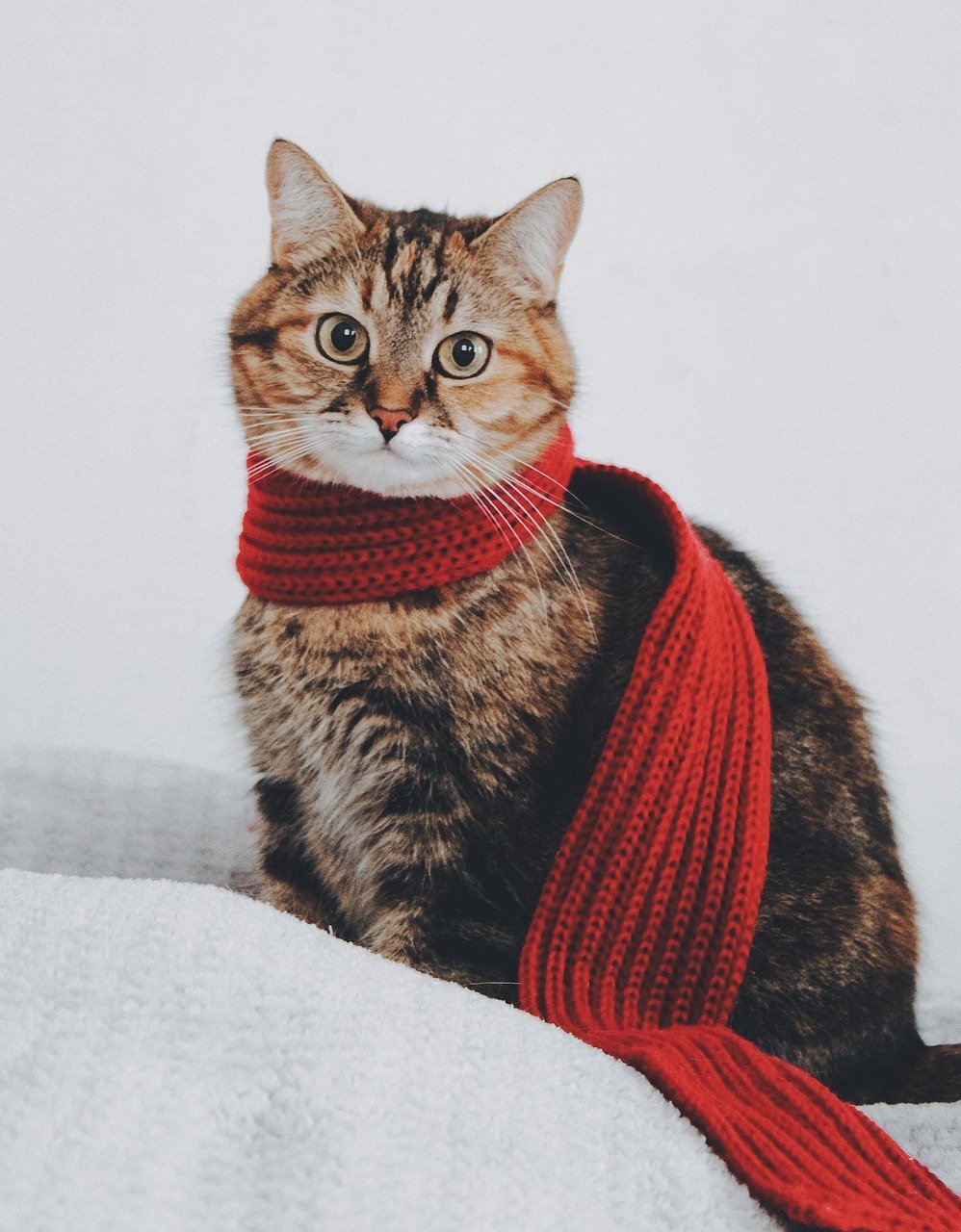
Every cat has their own preferences for how and where they like to be touched. Some enjoy gentle strokes on the head or under the chin, while others are more sensitive and may only tolerate contact on their back. Spend time observing your cat’s reactions to different types of touch. If your cat starts to flick their tail, pull away, or flatten their ears, it’s a clear sign to stop. Respecting these boundaries helps your cat feel in control, which can significantly reduce their anxiety.
Utilizing the Power of Scent
Cats rely heavily on their sense of smell to navigate the world. Familiar scents can be incredibly comforting to an anxious cat. Try placing a favorite blanket or a piece of your clothing in their favorite spot. You can even use synthetic pheromone sprays or diffusers designed to mimic the soothing scents that mother cats produce. These products can help create a calming atmosphere, making your cat feel more at ease even when you’re not nearby.
Speaking Softly and Calmly
Your voice can be a powerful tool for soothing an anxious cat—if used correctly. Speak in soft, gentle tones, and avoid raising your voice or making sudden noises. Some cats respond well to humming or singing softly near them. Even reading a book out loud in a relaxed manner can create a comforting background sound. By maintaining a calm presence, you help reassure your cat that there’s nothing to fear.
Letting Your Cat Approach You
When a cat is anxious, it’s crucial to let them take the lead in any interaction. Instead of reaching out to touch or hold them, sit nearby and allow your cat to come to you if and when they feel ready. This gives your cat control over the situation and helps build trust. You might find that, over time, your cat becomes more comfortable approaching you for comfort, knowing that you’ll respect their boundaries.
Using Gentle Touches and Slow Blinks
If your cat does approach you, use gentle, slow strokes rather than vigorous petting. Focus on areas where your cat enjoys being touched, such as the cheeks or the base of the ears. Another way to communicate calmness is through slow blinking—a behavior cats use to show relaxation and trust. Try making eye contact with your cat and slowly closing your eyes, then opening them again. Many cats will return the gesture, acknowledging your peaceful intent.
Offering Interactive Play Without Pressure
Play is a great way to help an anxious cat burn off nervous energy and feel more confident. Use toys like feather wands or laser pointers to engage your cat from a distance, without forcing close interaction. Let your cat set the pace and take breaks when they seem overwhelmed. Play sessions should be short and end on a positive note, so your cat feels successful and not exhausted or anxious.
Providing Consistent Routines
Cats thrive on predictability. Feeding, playtime, and quiet time should happen at roughly the same times each day. Consistent routines help your cat feel safe and in control, reducing anxiety. If you need to make changes, try to introduce them gradually, so your cat has time to adjust. Even small routines, like greeting your cat in the same way each morning, can be very reassuring.
Introducing Calming Aids
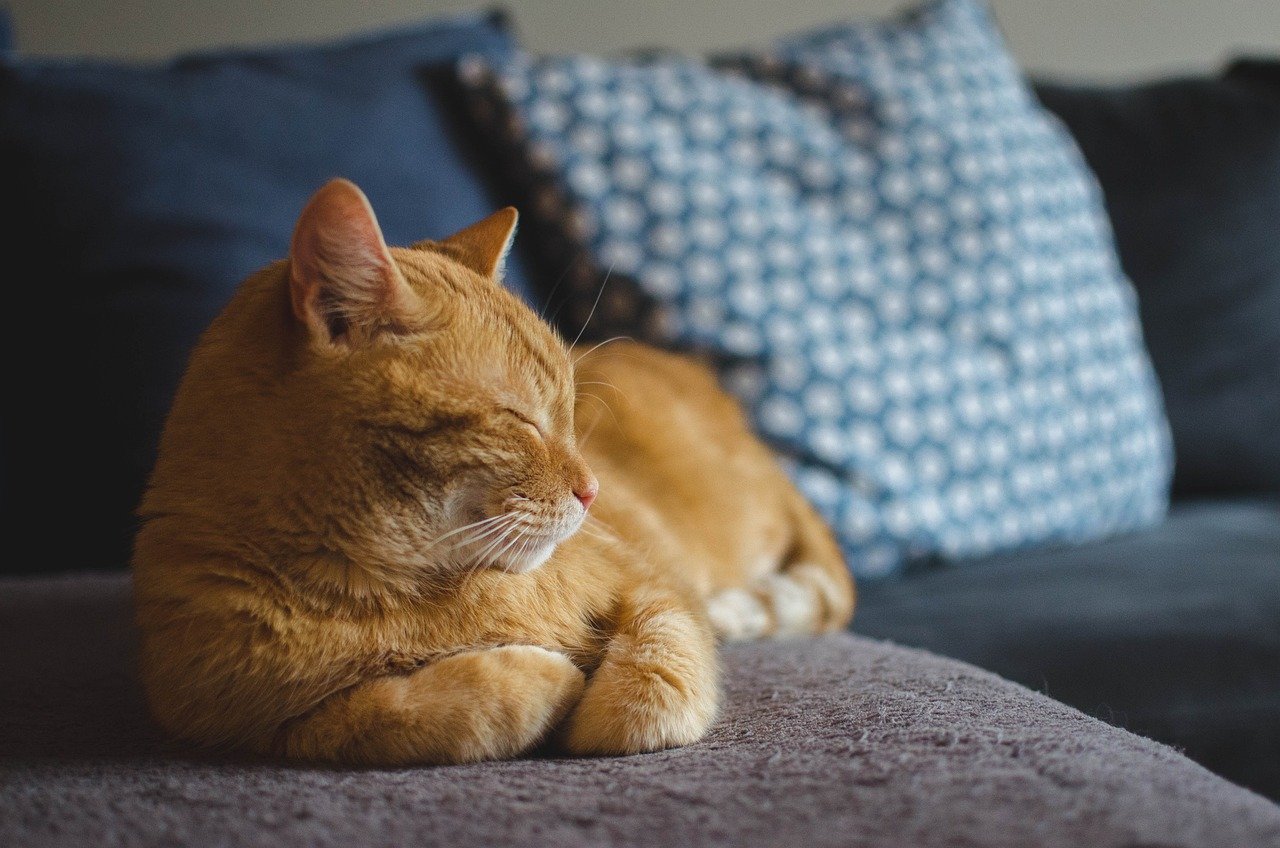
There are many products on the market designed to help soothe anxious cats without overstimulation. Calming collars, pheromone diffusers, and herbal sprays can all create a more relaxed atmosphere. Always introduce new aids slowly and watch your cat’s reaction. Some cats may be sensitive even to these gentle interventions, so it’s important to keep an eye on how they respond.
Minimizing Loud Noises and Sudden Movements
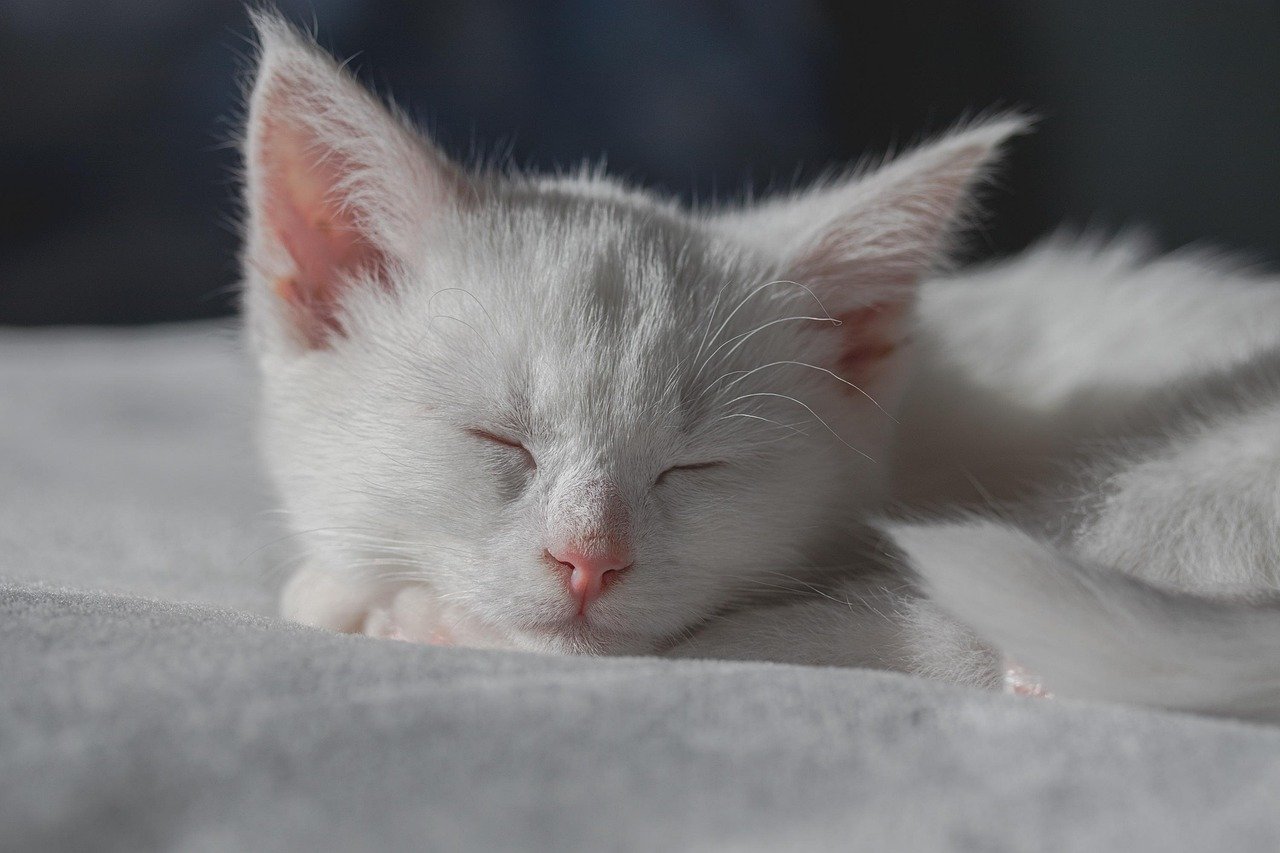
Anxious cats are often startled by loud sounds or sudden actions. Keep the volume low on TVs and music, and avoid slamming doors or dropping objects near your cat. If you know there will be a noisy event, such as a thunderstorm or fireworks, prepare a quiet room where your cat can hide. Soft background noises, like white noise or gentle music, can also help mask startling sounds from outside.
Providing Vertical Space and Hideaways
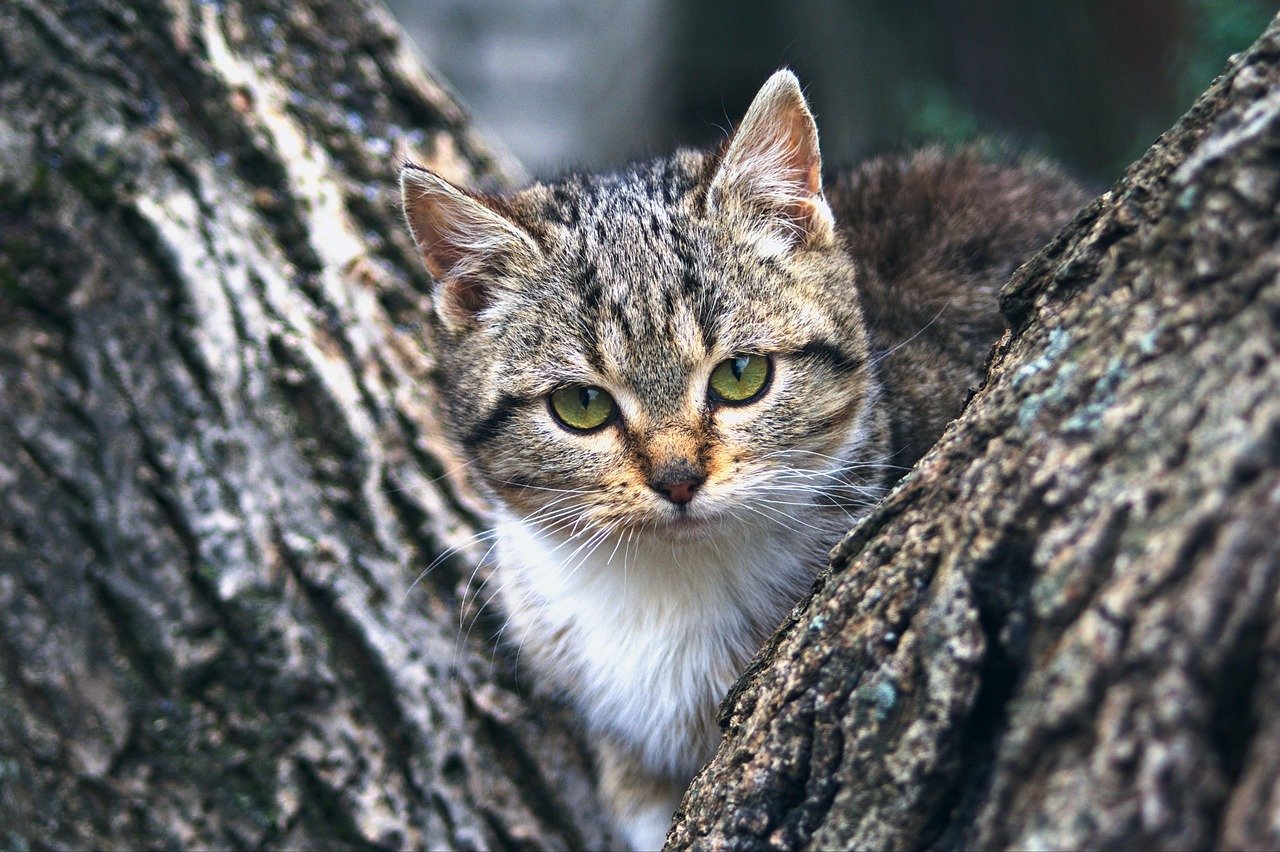
Cats feel safest when they have the option to observe from above or retreat to a hidden spot. Cat trees, shelves, and window perches all provide valuable vertical territory. Covered beds, boxes, or even a blanket draped over a chair can create cozy hideaways. These spaces allow your cat to retreat when feeling anxious, reducing the risk of overstimulation.
Encouraging Self-Soothing Behaviors
Some cats naturally engage in behaviors that help them calm down, such as kneading a soft blanket or grooming themselves. Encourage these habits by providing soft bedding and toys they can safely knead or chew. If your cat enjoys scratching, make sure they have sturdy scratchers in their favorite areas. These activities give your cat healthy outlets for stress and help them self-regulate their emotions.
Monitoring Body Language for Early Cues

Pay attention to subtle changes in your cat’s posture and expression. Dilated pupils, a twitching tail, or a sudden freeze are early warning signs of anxiety or overstimulation. By catching these signals early, you can adjust your behavior—perhaps by backing off or leaving your cat alone for a while. Responding to these cues shows your cat that you respect their needs, which builds trust over time.
Limiting Petting Sessions
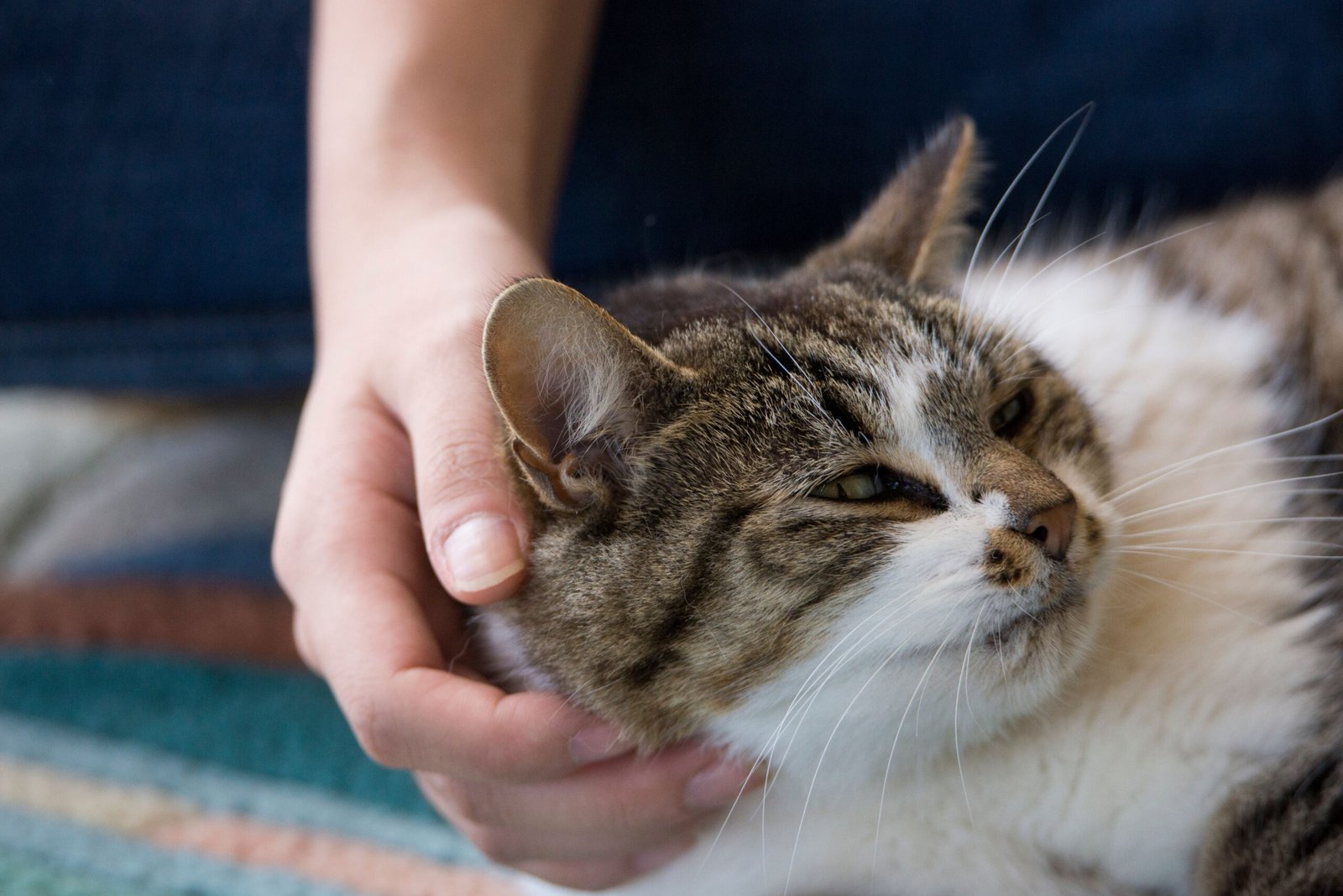
It’s tempting to shower an anxious cat with affection, but too much petting can make things worse. Try to keep petting sessions short, and always watch for signs that your cat is becoming uncomfortable. Some cats have a “petting threshold” and may lash out if you cross it. By ending interactions on a positive note before your cat gets overwhelmed, you help them associate your presence with safety and comfort.
Establishing a Quiet “Safe Room”

A designated safe room can be a lifesaver for anxious cats. Choose a quiet space with minimal foot traffic and set it up with all the essentials: litter box, food, water, beds, and toys. Make sure your cat can enter and leave the room as they wish. This gives your pet a sanctuary where they can decompress without fear of interruption or overstimulation.
Introducing Visitors Slowly
New people can be a major source of anxiety for cats. If guests are coming over, introduce them to your cat gradually. Ask visitors to remain calm and quiet, and let your cat approach them on their own terms—if they want to at all. Offering a treat or a toy can help create a positive association, but never force interaction. Your cat will appreciate the chance to warm up at their own pace.
Using Positive Reinforcement
Reward your cat for brave or calm behavior with treats, praise, or play. Positive reinforcement helps your cat associate new or stressful situations with good outcomes. For example, if your cat ventures out of hiding or allows gentle petting, offer a small reward. Over time, this can help reduce anxiety and build your cat’s confidence, making them less likely to become overwhelmed.
Seeking Professional Help When Needed
Sometimes, despite your best efforts, an anxious cat may continue to struggle. If your cat’s anxiety is severe or persistent, don’t hesitate to consult a veterinarian or a feline behaviorist. There could be underlying medical issues contributing to the anxiety, or you may need expert guidance to develop a tailored plan. Professional help can make all the difference, ensuring your cat gets the support they need to thrive.
Practicing Patience and Compassion
Above all, comforting an anxious cat requires patience and understanding. Progress may be slow, and setbacks are normal. Celebrate the small victories—like a relaxed tail or a gentle head bump. Your calm, compassionate presence is the greatest gift you can give your cat. Remember, every cat is different, and with time, trust, and care, even the most anxious felines can learn to feel safe and loved.
Hi, I’m Bola, a passionate writer and creative strategist with a knack for crafting compelling content that educates, inspires, and connects. Over the years, I’ve honed my skills across various writing fields, including content creation, copywriting, online course development, and video scriptwriting.
When I’m not at my desk, you’ll find me exploring new ideas, reading books, or brainstorming creative ways to solve challenges. I believe that words have the power to transform, and I’m here to help you leverage that power for success.
Thanks for stopping by, Keep coming to this website to checkout new articles form me. You’d always love it!






